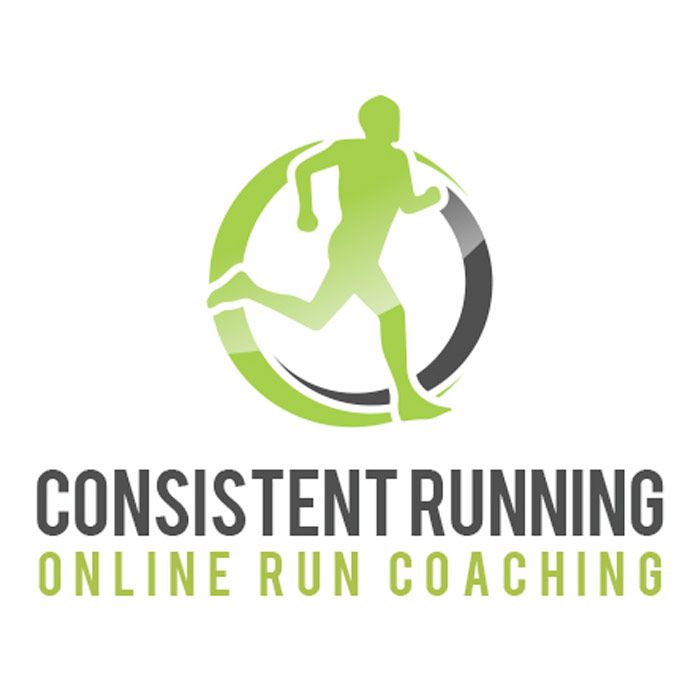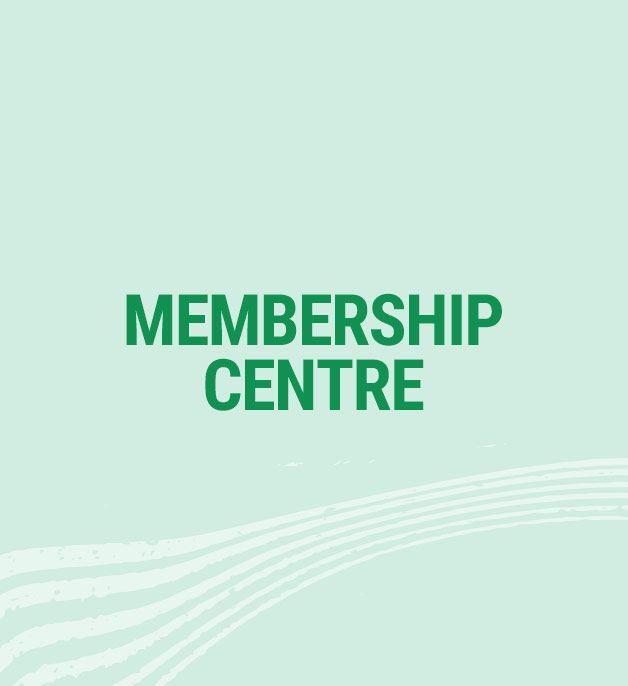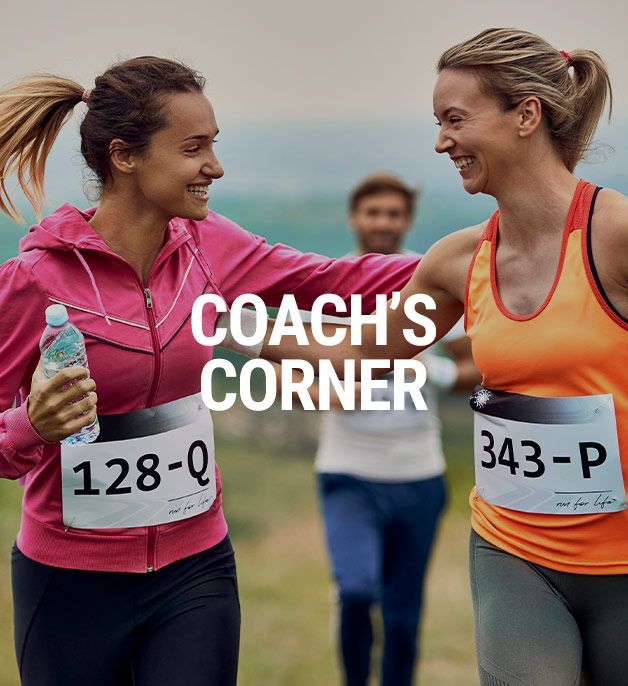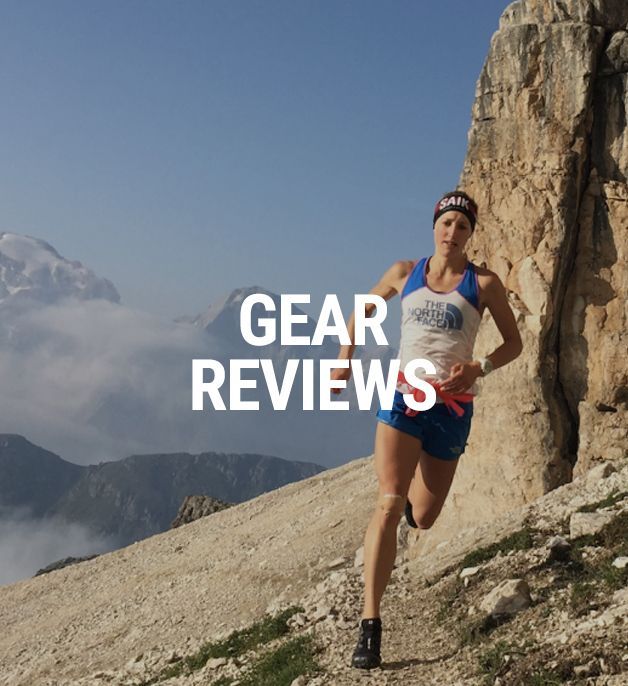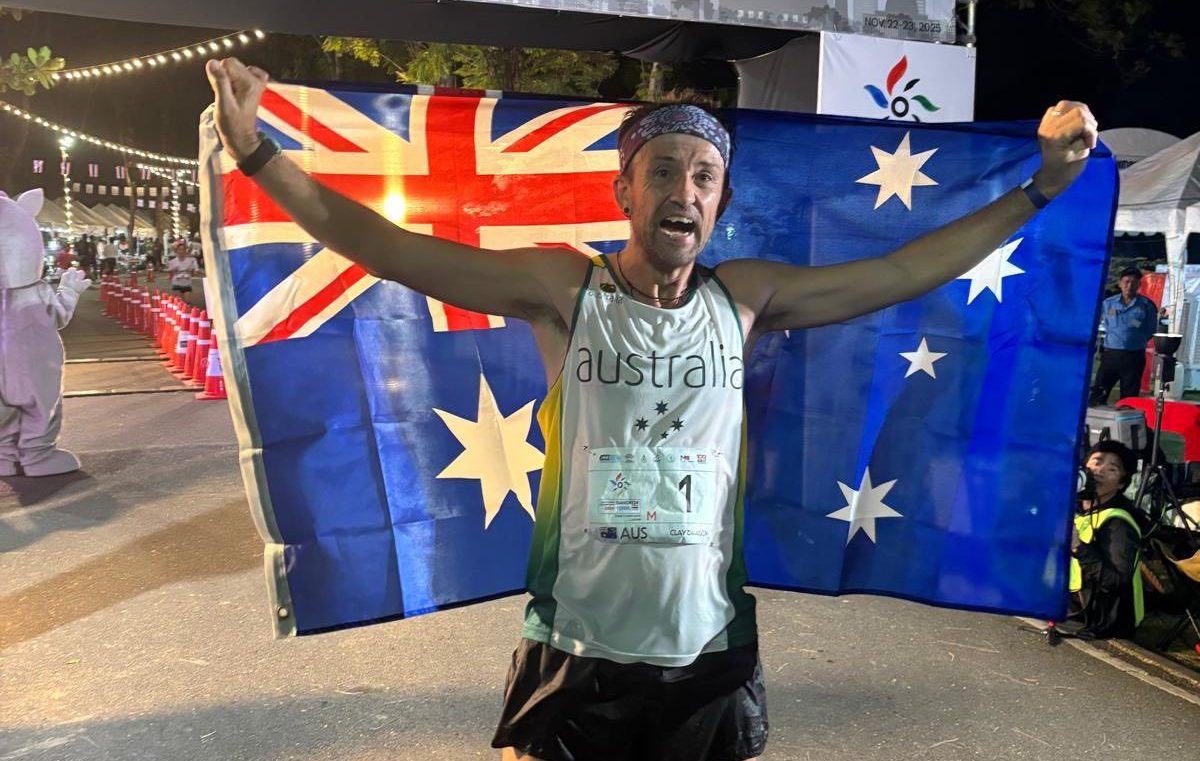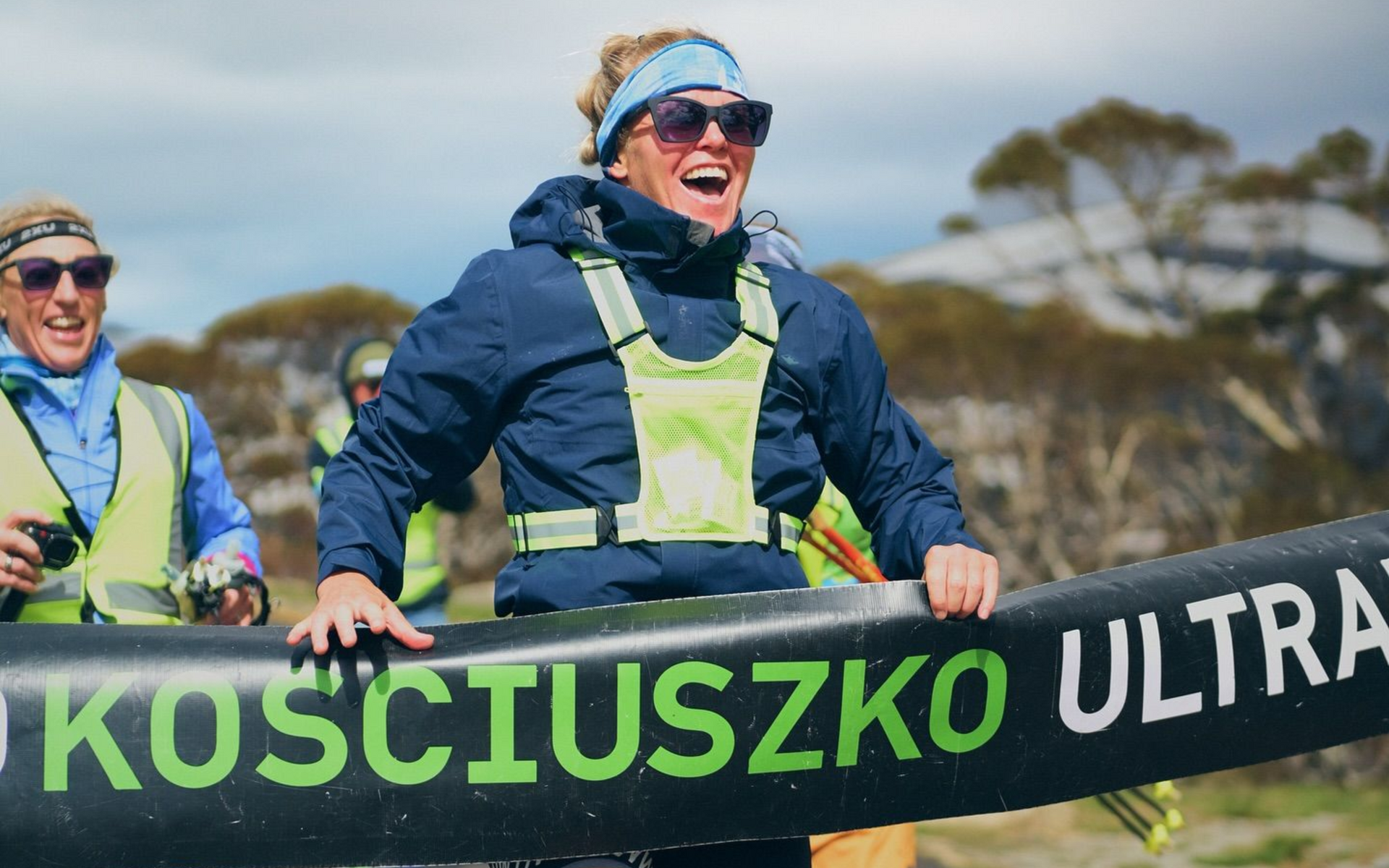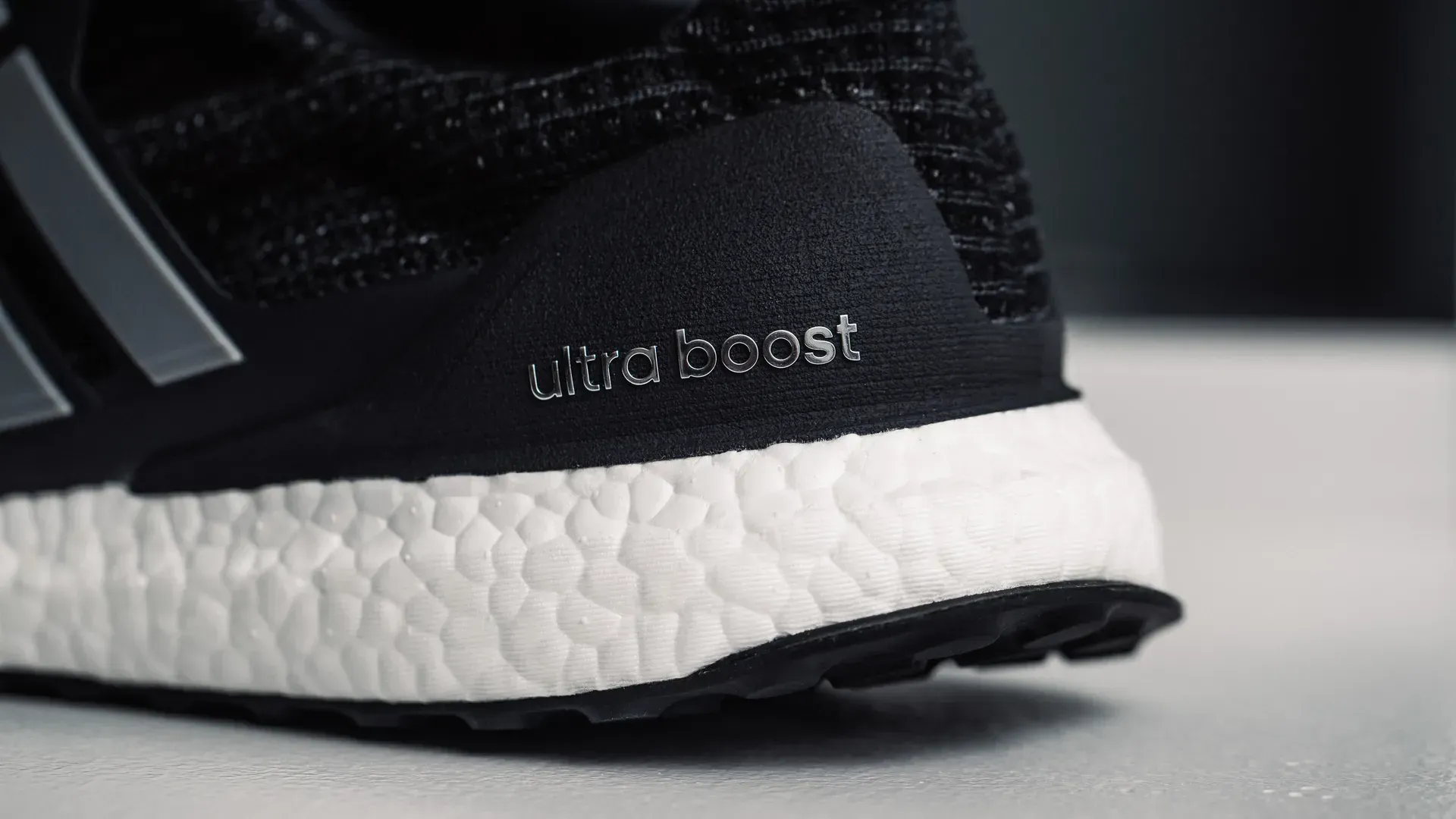
COACH’S CORNER - Footwear Innovations in Midsole Materials & Design by Glen Smetherham
anne-marie cook from up coaching suggests a smart way to deal with race day setbacks. hint - don't panic!

The science of running footwear has seen a revolutionary shift over the past decade, driven by advancements in technology and a deeper understanding of biomechanics.
While there are many factors of a shoe that determine how effective it is, midsole material is the driving force.
In 2013, Adidas introduced their Boost technology in collaboration with German chemical company Badische Anilin & Soda-Fabrik (BASF). Boost composed of a midsole made from thousands of expanded particles working together that help deliver a much improved energy return when compared to the then industry standard EVA midsole. It was the first foam to surpass 75% in energy return.
One study (https://link.springer.com/article/10.1007/s40279-017-0811-2) in 2018 revealed that Boost foam delivered a 75.9% energy return. That study was looking to find if, and to what extent some newly developed running shoes reduce the energetic cost of running compared with established marathon racing shoes. These newly developed shoes were the Nike Zoom Vaporfly, a shoe that incorporated a newly developed midsole material and a full-length carbon fiber plate with forefoot curvature, embedded in the midsole. This was the shoe that kick started the recent advances we are currently seeing on the market.
The ZoomX midsole material used in the Vaporfly provided a huge 87% energy return.
ZoomX it's not a Nike invention, but product called ZOTEK® PEBA from the UK-based company Zotefoams. It is the main driving force behind the running shoe improvements over the last few years as more footwear brands are now incorporating it, or a variation of it into their midsoles (after Nike had a couple of years had start). These new midsole materials have a number of advantages, including, a very high energy return in the range of 80-90+% and superior comfort allowing runners to get the benefits of longer runs with less fatigue to their legs. However, they do have some downsides such as the higher cost of shoes using these materials and the lower durability. Also, there may be some increased injury risks for some runners who do most of their training in carbon plated shoes. It’s still early days and more research needs to be done regarding potential risks.
Another feature used in most of the current ‘Supershoes’ as they have come to be know, are carbon fibre plates (or similar stiffening materials) embedded into the midsoles. While the carbon fibre plates are often hailed as the main performance-enhancing feature of these shoes, it is actually the midsole foam that results in most of the improvement. The plates are more there to make sure you can get the most out of the midsole material.
Other, non PEBA midsole materials have also improved as most manufacturers now use supercritical foams in some of their shoes. They are made from the same polymers as other foams, but the manufacturing process is different. It involves subjecting polymers to supercritical fluids under controlled conditions of pressure and temperature, leading to the formation of foams that are lighter and more responsive than those developed with more traditional methods.
Many shoe brands now have a second tier shoe below their Supershoes that are often called Supertrainers. These shoes are often missing some of the features of the Supershoes but may have a higher stack height above the ‘legal’ 40mm heel height limit set by World Athletics in 2020 (they also do not allow multiple carbon plates). These rules are for elite competitors and for most of us who are not competing for podiums or prize money, we can race in whatever shoe we like. Supertrainers are also usually more durable than the Supershoes.
The fact these midsole materials are so light is what allows manufacturers to make much higher stacked shoes sacrificing running efficiency (too much). Recently, Adidas has released the Prime X Strung shoe with a 50mm stack height in the heel. Asics has the Superblast at 45.5mm (non plated), and Hoka recently released the Skyward X, a 48mm heel stack with a carbon plate (I’m currently testing it and it’s an extremely comfortable shoe for very long runs and easy runs).
While the higher stacked Supertrainers may be missing some of the features of the racing Supershoes, they may be better in some cases for ultramarathon runners.
There is research showing that a higher energy cost of running (Cr) may be offset by gains in the fraction of VO2 max (F) they can maintain over a long duration as factors that determine F for ultramarathons are quite different than for shorter distances (https://journals.physiology.org/doi/full/10.1152/japplphysiol.00016.2012).
Comfort, minimising muscle damage, reducing gastrointestinal symptoms and possible differences in energy costs between walking/running are all factors that impact F more in ultramarathons than other races. These factors may be improved in some runners with Supertrainers compared to when running in Supershoes.
Basically, in an ultramarathon, sacrificing some running efficiency may be beneficial if it means you are more comfortable and able to perform better in the later stages. You expand the scope and duration of what efficiency means when running an ultramarathon.
Two fairly recent paradigms in biomechanics and running shoe research are ‘The Comfort Filter’ and the Preferred Movement Pathway’, both proposed by University of Calgary biomechanist Benno Nigg. Generally, if a shoe is comfortable, and it provides less resistance to an individual’s preferred movement path, which is dictated by their mechanics, (the structure of the articular surfaces, ligaments, tendons and muscles), and motor control (muscle activation during running), then the shoe will be a better option for that individual and they will have a more economical way of running. If a shoe is resistant to the preferred movement pathway, muscle activity is increased and the runner will be less economical and fatigue quicker.
The newer midsole materials are generally much more comfortable than more traditional EVA foams. Over the last couple of years there is definitely a pattern with many shoe reviewers commenting on the improved comfort of the shoes they are reviewing.
Duel density midsoles, with two seperate types of foams or a variation of the same foam are becoming very common. Having a softer, more comfortable material close to the foot and a firmer more responsive material close to the ground is becoming very common. Asics have released 2 versions of a Supershoe for runners with different running styles, the ASICS Metaspeed Sky Paris &Metaspeed Edge Paris. The materials are the same, but the shoe geometry has varied with one aimed more for runners who increase their stride length when increasing speed and the other for runners who increase their cadence (both are usually increased but can be different ratios).
Recently, Nnormal have announced the soon to be released Kboix. It is a modular midsole shoe with three supercritical midsole options that can be quickly and easily swapped in and out of the shoe. Depending on the terrain, type of run, and distance you can change the midsole to suit your needs. Tracksmith have also announced an upcoming model called the Eliot Racer. It is a road Supershoe that will come with two midsoles. One for training and then one to switch to when racing, which is more responsive and has more cushioning and will give runners a fresh shoe feeling on race day.
Shoe brand Vimazi have released a range of shoes that are ‘Pace tuned’. You select the shoe based on what range of paces you usually run & that model will have differing midsole densities for the heel and forefoot. While pace based shoes aren’t a new concept as shoes generally fall into a category based on effort. Some shoes are designed for easier effort runs while others may be designed for moderate efforts and others for various races from the track to the marathon. The Vimazi shoes are adding specific paces to categorise the shoes rather than a more general effort.
Another new shoe brand that may be of specific interest to ultra runners is Mount to Coast.
They are a shoe company that focus on shoes for ultramarathons. They currently only have two models, a training shoe (S1) and a racing shoe (R1).
The shoes incorporate a few new technologies with the aim to create a shoe that offers consistent cushioning and support from the first step to the last during ultra distance runs. They use a PEBA based supercritical foam with a midsole insert made from a material used in the suspension of racing cars (called Zerosag). This material was developed by BASF, the same company that created PEBA which started the Supershoe revolution. Another interesting feature from Mount to Coast is a Dual lace system they call Tunedfit. It allows you to maintain a good mid foot lockdown with the upper laces while adjusting the fit around the forefoot with the lower laces. This could be very handy as the foot swells during very long events. These shoes are not currently available for shipping to Australia although I am waiting to hear back from them to see if that may change int eh near future.
What’s next?
Being an Olympic year, expect to see a few surprises around July. Often new shoe technologies are release when there will be the greatest exposure.
While still a fair way off, I would expect to eventually see some technologies such as power meters and running dynamic sensors built into shoes rather than being add ons.A new material may come along that will result in stack heights dropping as dramatically as they have risen over the last few years.
It’s exciting to think of where we will be in 5-10 years. But also nice to know we can always get out and enjoy a run in low tech trainers that have been around for years.
As new brands and technologies emerge, the future of running footwear looks promising, with continued research and innovation expected to offer more advancements and shoes to keep ultramarathon runners happy from the first to the last km.
Glen Smetherham is head coach at Consistent Running in WA, and alongside coaching over 150 runners in ultra distances, he is also a podiatrist with more than 25 years of experience with a special interest in running biomechanics and footwear.iF YOU WOULD LIKE MORE INFORMATION ON BEING TRAINED BY Glen, CLICK THROUGH HERE TO OUR AURA ENDORSED COACHES PAGE.
